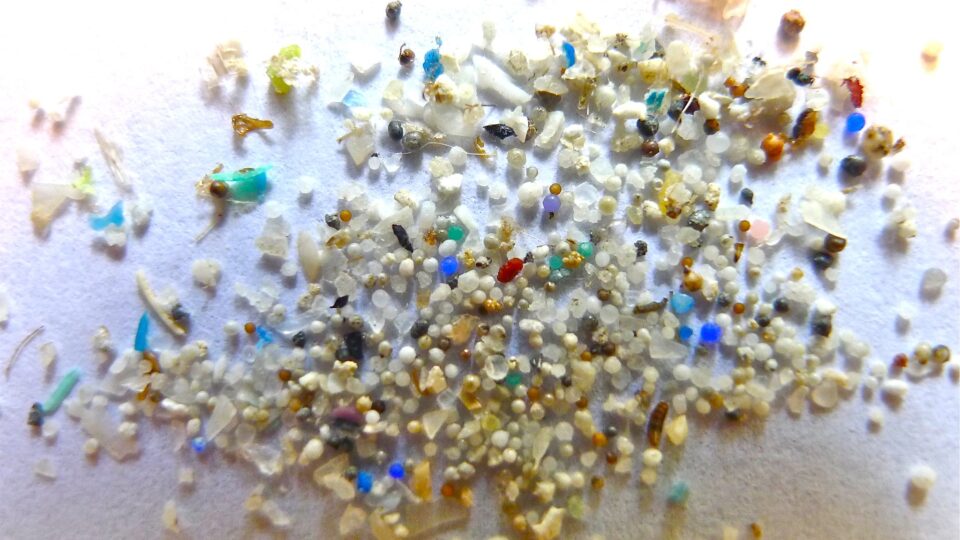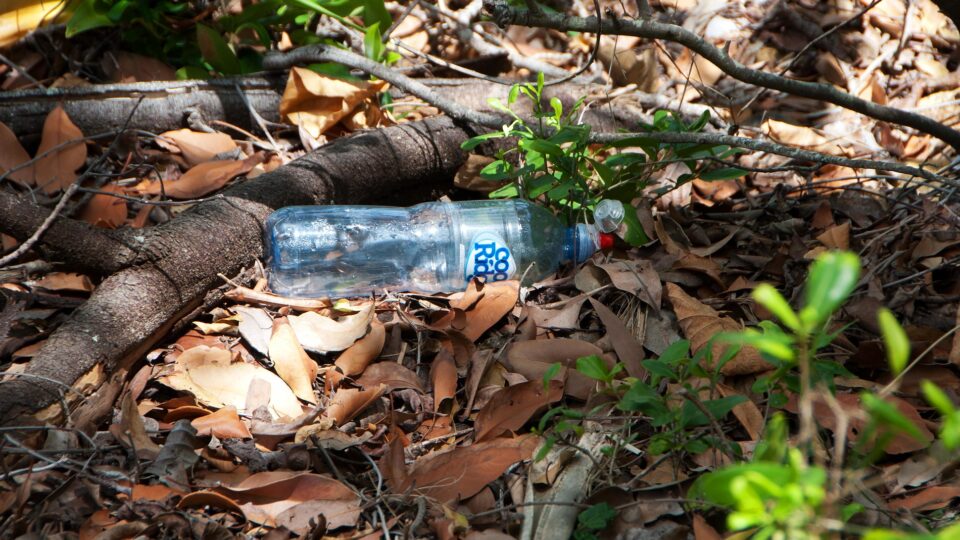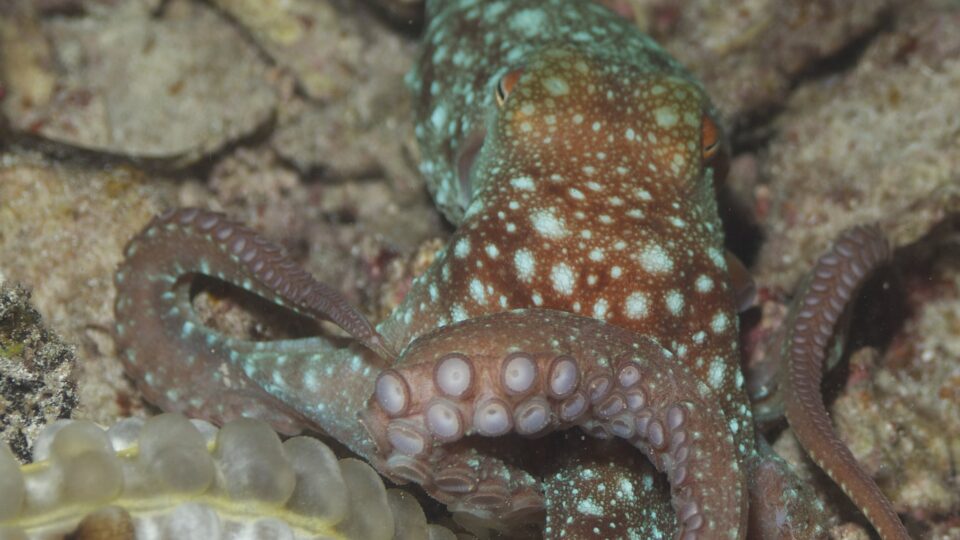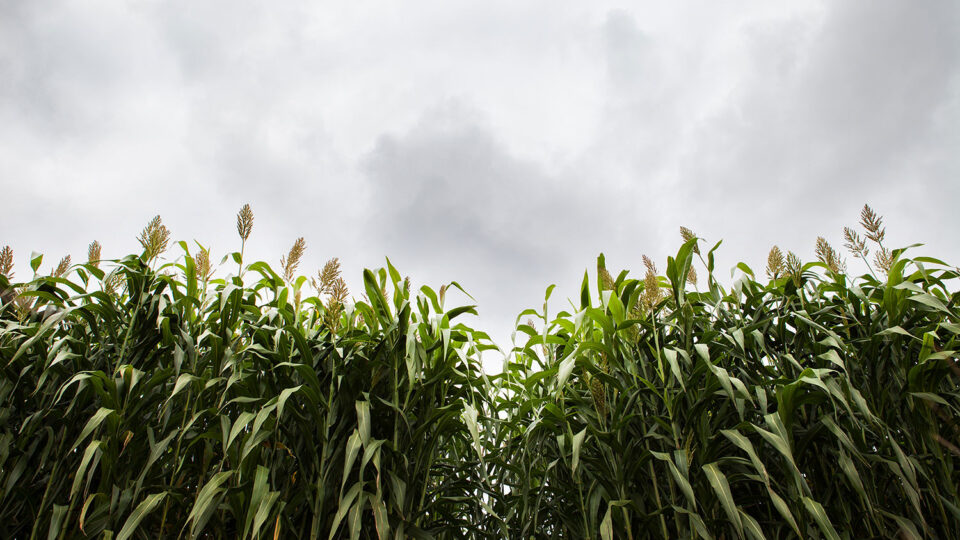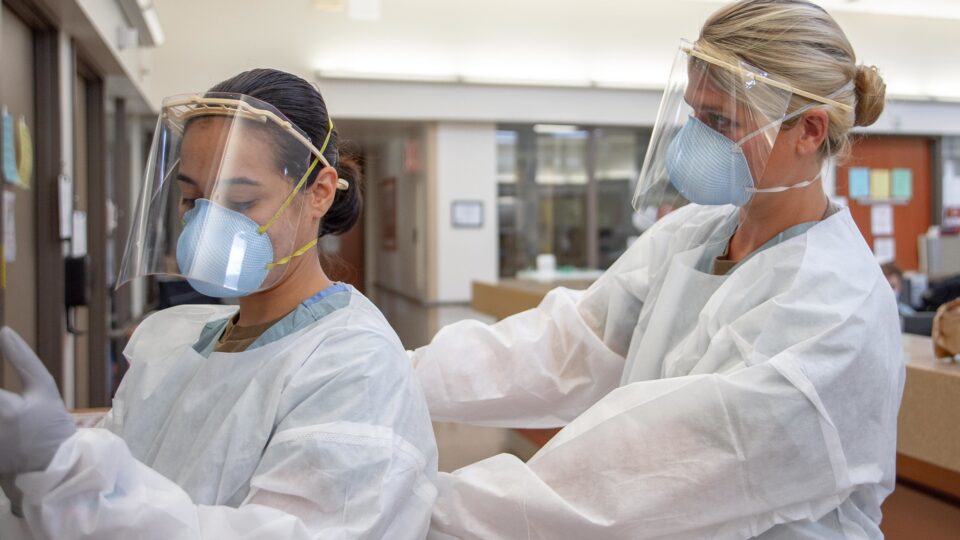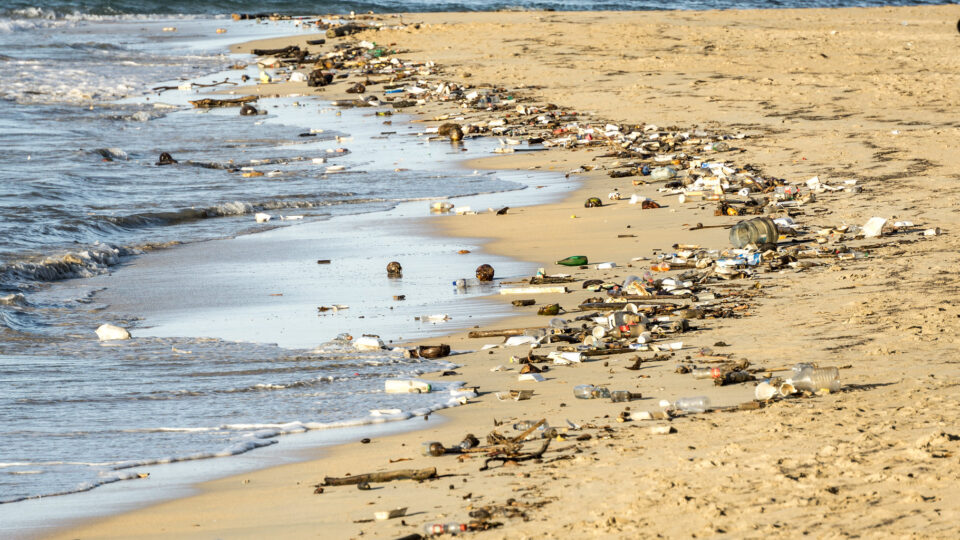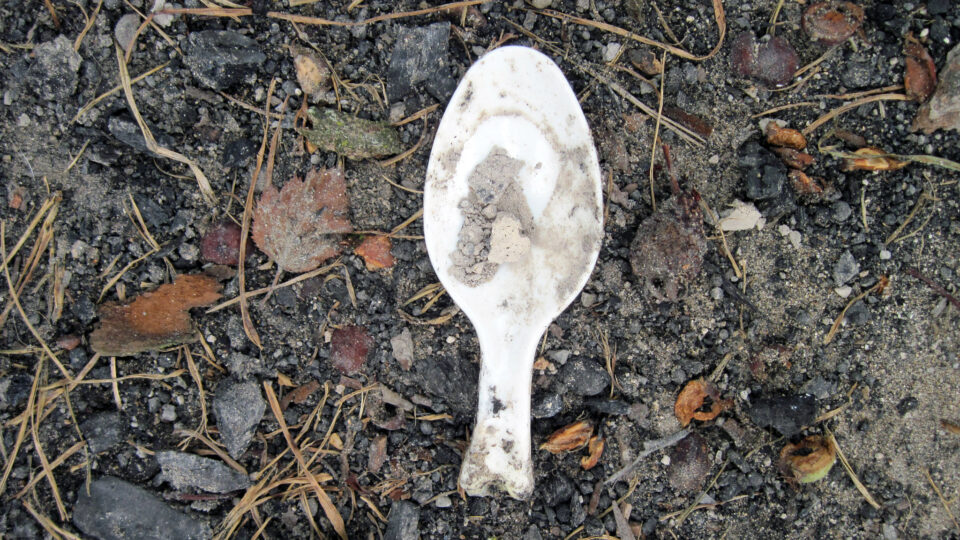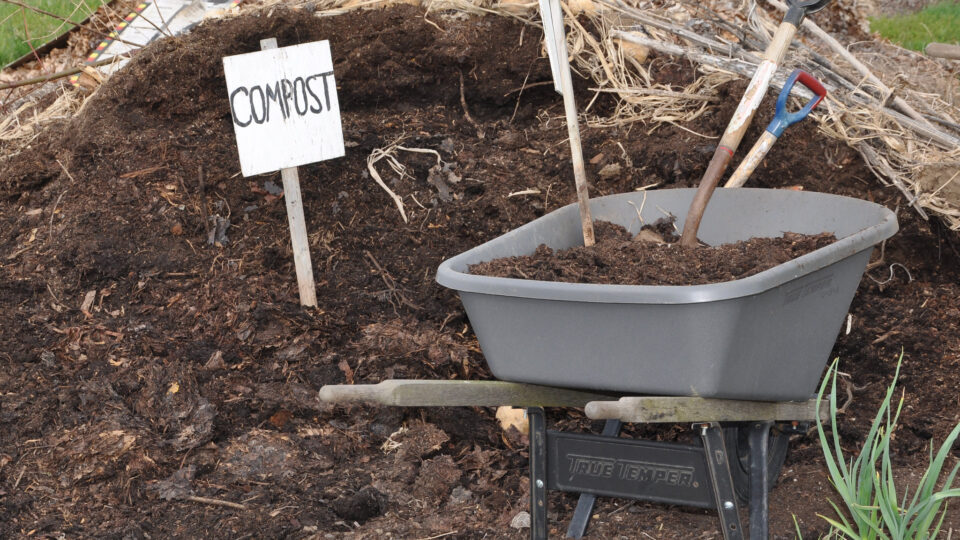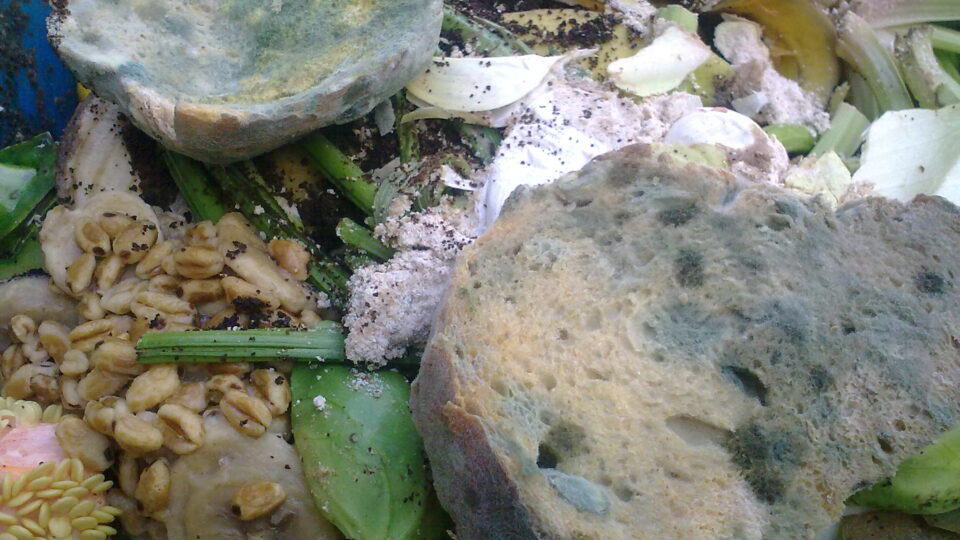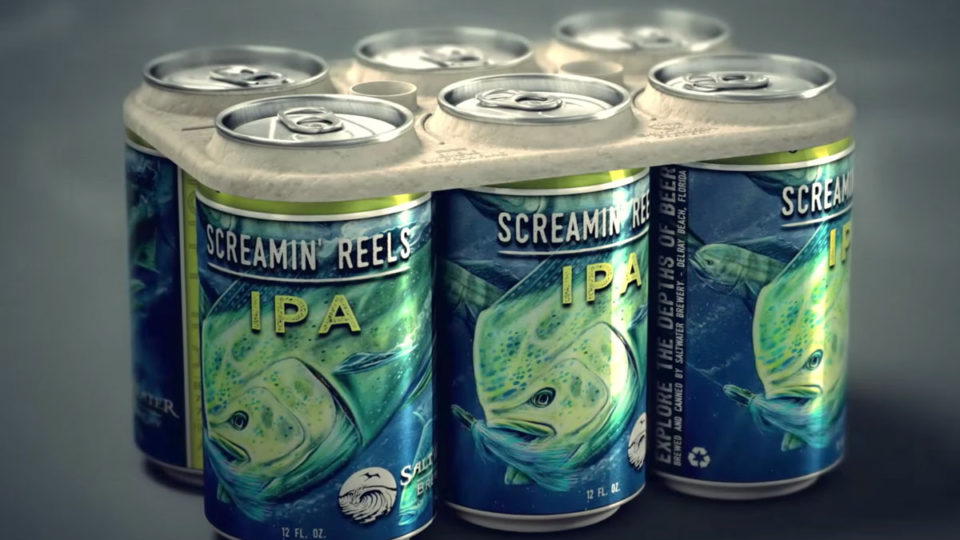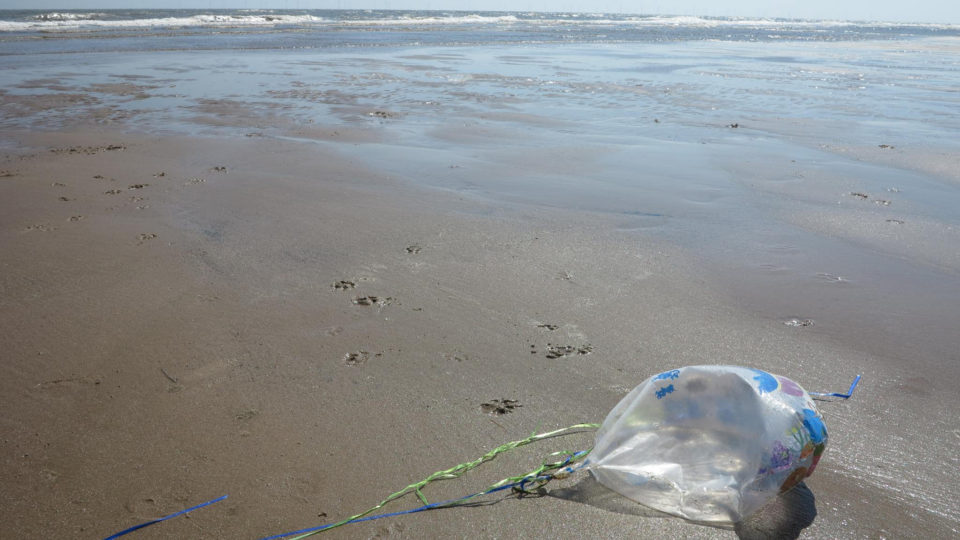Nearly two billion pounds of pumpkins are grown each year in the U.S. But we actually don’t eat the vast majority of them. Instead, most pumpkins are carved or otherwise decorated, and placed on porches across the country during Halloween. But now that the holiday has come and gone, what happens to all those sagging masterpieces?
Simply put, we usually just throw them out. In the days after Halloween, as much as 1.3 billion pounds of pumpkin winds up in landfills. When left there to decompose, the pumpkins produce methane, a potent greenhouse gas that affects climate change by contributing to increased warming.
Here are some ways to keep pumpkins out of the landfills this year and make Halloween festivities more sustainable.
If the pumpkin is still in good shape, use the outer, meaty part of the pumpkin to make a fresh version of pumpkin puree. Pumpkin puree is a common ingredient in baked goods like muffins, breads, and pies, especially during this time of the year. The pumpkin seeds can also be scooped out, rinsed, and salted or spiced, and then baked in the oven, resulting in a delicious snack.
Pumpkins also have the potential to turn into great soil through composting. Pumpkins are just over 90% water, which help naturally add moisture to compost piles that need to be damp to effectively decompose food waste.
If eating or composting the pumpkins isn’t an option, consider donating them to a local farm. Farmers will often collect pumpkins as treats for their pigs, goats, and other animals.
The scariest part of Halloween shouldn’t be the waste.
**********
Web Links
Say Boo to Landfills – Compost Your Pumpkin After Halloween!
Photo, posted November 4, 2010, courtesy of William Warby via Flickr.
Earth Wise is a production of WAMC Northeast Public Radio


